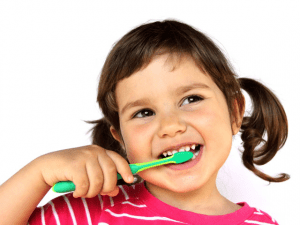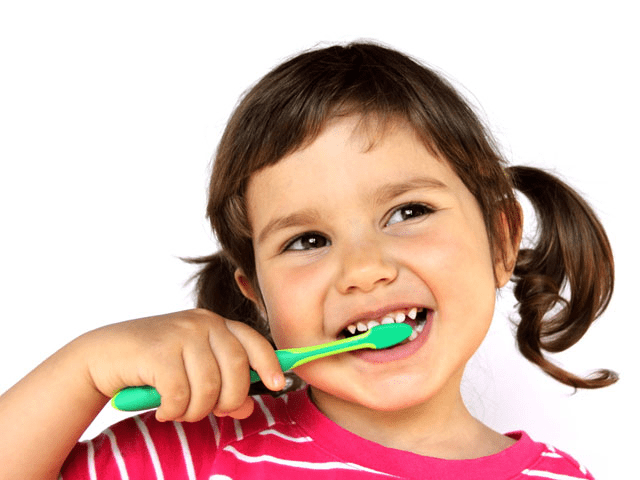When people hear the term “periodontal disease,” many think of the process of gum recession that is associated with age. However, periodontal disease, a serious bacterial infection that destroys the teeth and the structures surrounding the teeth like gingival tissue and bone, is certainly not limited to adults, as some may believe. In fact, periodontal breakdown can occur in children too, since juveniles are susceptible to periodontal breakdown as well as adults. It may come as a surprise to learn that around 50% of children suffer from a form of periodontal disease! Therefore, it is important to understand both the causes and treatment of juvenile periodontitis.

Primarily, periodontitis results from poor oral hygiene in young children. Juvenile periodontitis is a kind of periodontitis that invades the tissue particularly at the time of the eruption of permanent teeth, and localized juvenile periodontitis occurs frequently around the molars and incisors. “Periodontal” literally means “around the teeth,” and younger kids often struggle to thoroughly clean the areas around and between their teeth without assistance. Lacking proper teaching and without regular oral checkups, a child may develop gingivitis that goes unnoticed for a significant period of time. Unchecked, the disease will progress into periodontitis, and ultimately the underlying bone surrounding the teeth will be destroyed and will not effectively hold the teeth in place.
Also, hormonal changes accompanying puberty often exacerbate teenagers’ susceptibility to gum disease. The escalated hormone levels cause an increase of blood flow to the gums, heightening gingival sensitivity and compounding any irritation that may result from food and debris trapped around the gum area. Thus, it is imperative that teens take particular care to keep their gums free of bacteria to avoid permanent damage to teeth and surrounding structures.
Finally, a child’s vulnerability to periodontal disease may be attributed to immune system factors. White blood cells protect the body from bacterial infection. In particular, neutrophils are a type of white blood cell that absorb bacteria and use enzymes to neutralize the invaders. However, in children with juvenile periodontitis, the neutrophils do not effectively engulf the bacteria, resulting in the rapid onset of bacterial invasion. Such unmitigated infection may cause severe tissue infection initiated by the accumulation of plaque.
As previously mentioned, juvenile periodontitis often goes unnoticed till the infection is severe. One reason for this lack of detection is that the problematic area sometimes does not appear inflamed to the naked eye, a characteristic unique to a number of children with periodontal disease. However, the rate of bone loss in children with periodontal disease progresses 3 to 4 times faster than adults with periodontitis. This alarming statistic necessitates that dental care professionals monitor the oral health of their juvenile patients with vigilance, especially since it is easy for this disease to go undiscovered until it has progressed severely.
Along with helping your child establish a consistent oral care regimen at home, it is important to schedule regular dental checkups and periodontal evaluations, so that I can complete a thorough oral evaluation to check for irritated gums, bleeding gingiva, recession, bad breath, tenderness, and other signs indicative of early periodontal issues. In some cases, I may perform periodontal therapy to prevent damage to the bones and tissue supporting the teeth. I may also recommend medication, vitamin supplements, or alterations in diet to help prevent the onset of gum disease.
We are looking forward to helping you. If you have any questions please call us at (919) 518-8222.

For more information on this topic, listen to the Gum Guru Podcast by clicking the link below:
